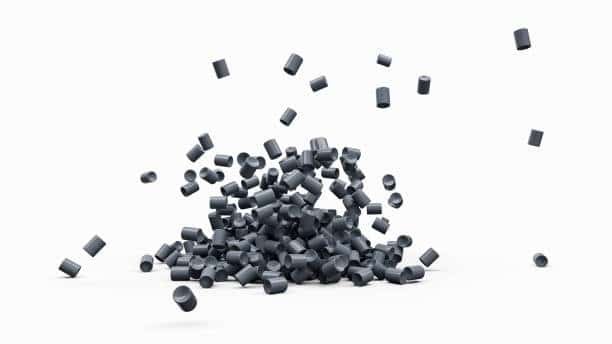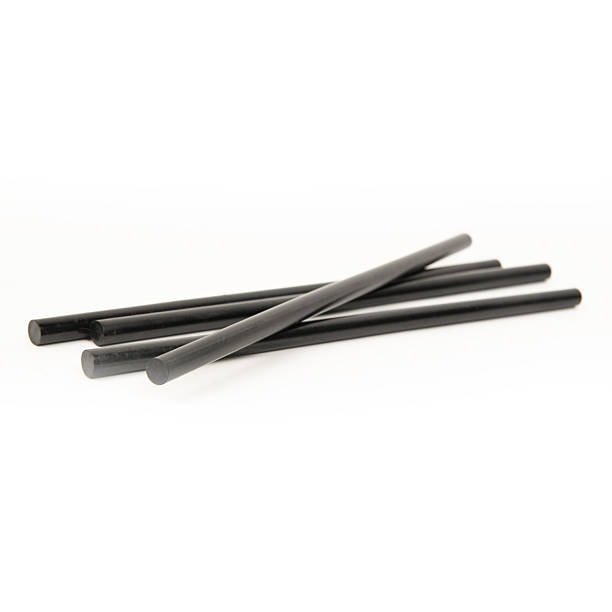Climb vs. Conventional Milling: A Detailed Examination of Techniques and Performance
In conclusion, both climb and conventional milling have very important roles in the machining process, and in conclusion climb milling provides better surface finishes, less wear and tear on tools and enhances the life of the cutting tool , and offers better tool life and higher levels of efficiency, especially on rigid, backlash-free machinery. Climb milling provides better surface finishes, less wear and tear on tools, and offers better tool life and higher levels of efficiency, especially on rigid, backlash-free machinery. On the other hand, conventional cutting milling gives better control and firmness when working on mastened materials or when using a traditional machine with mechanical play.
Also, the decision between climb and the conventional milling often boils down to the peculiar requirement of the project in hand. Such as work piece geometry, preferable surface quality, machine rigidity & even operator experience, can all make one method more appropriate than another. In high precision, high speed manufacturing, it is usually better to use climb milling due to its better finish and efficiency in the cutting process . However, in cases where there is need for climb milling backlash or when machining tough materials that lead to excessive heat generation, climb cutting methods versus conventional cutting factors that can affect accuracy or materials that are not secured on a stationary flat surface., then conventional milling provides more reliability and control over the workpiece surface . It is crucial to comprehend when and how to use all methods in order to get the best results from any operation of machining.










